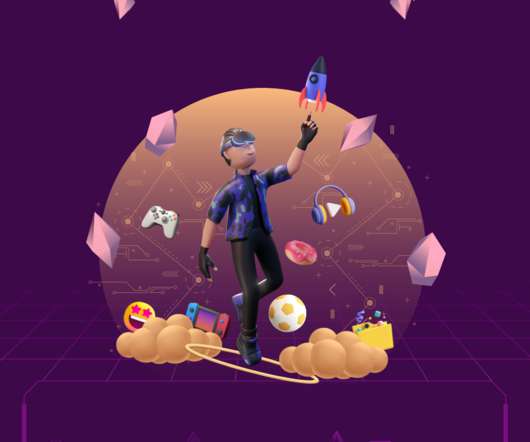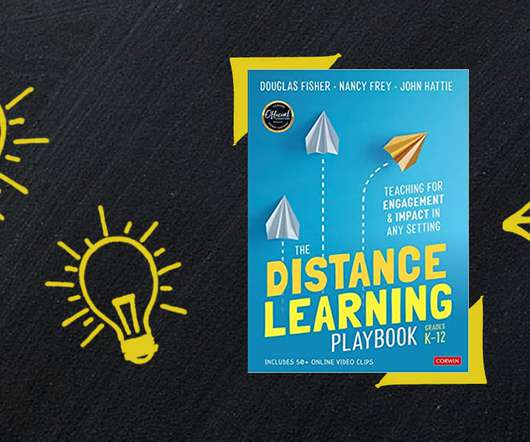Making Sense of the Metaverse in Education
EdTechTeacher
SEPTEMBER 20, 2022
But, metaverse technologies are growing quickly and have enormous implications for the future of teaching and learning. Minecraft is being incorporated in K-12 education. Kiang found it led to a “truly profound collaboration” amongst his students. Post by Tom Daccord. And that’s understandable. Yes and no.
















Let's personalize your content